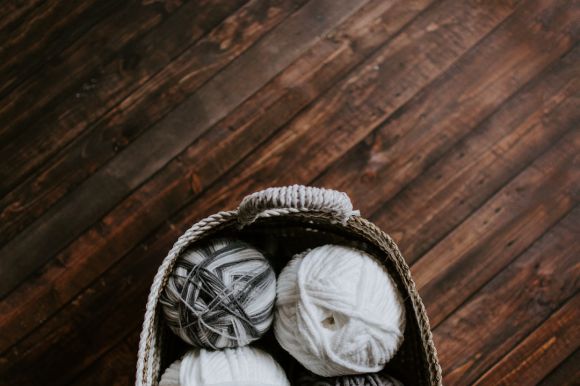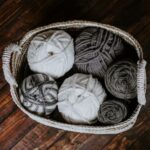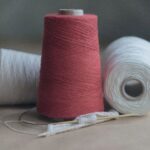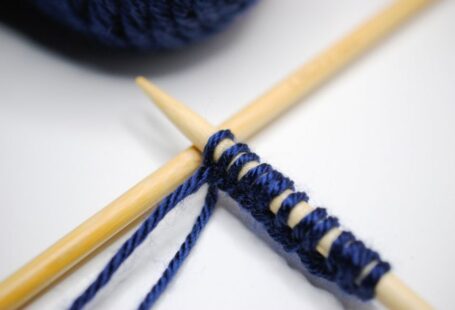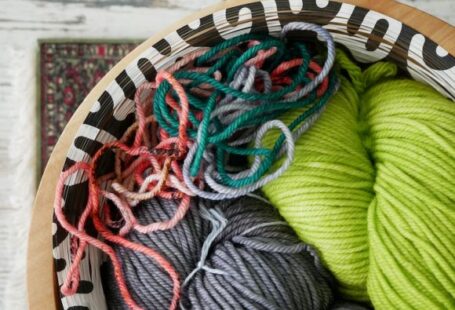Have you ever admired a beautifully hand-dyed skein of yarn and wished you could create your own unique color combinations? Dyeing your own yarn is not only a creative and rewarding endeavor, but it also allows you to design custom creations that reflect your personal style and vision. In this article, we will explore various techniques and offer valuable tips to help you master the art of dyeing yarn.
Choosing the Right Yarn
Before diving into the dyeing process, it’s important to select the right yarn for your project. Natural fibers, such as wool, silk, and cotton, are the most suitable for dyeing as they absorb color more effectively. Make sure to choose yarn that has not been treated with any chemicals or dyes, as this can hinder the dye absorption.
Preparing Your Workspace
Creating a dedicated workspace for dyeing yarn is essential to ensure a smooth and efficient process. Lay down plastic sheets or old towels to protect your surfaces from potential spills. Gather all your materials, including dye, containers, measuring cups, gloves, and stirring utensils, and have them within easy reach.
Techniques for Dyeing
There are various techniques you can use to dye your yarn, each resulting in a distinct and beautiful effect. Let’s explore some of the most popular methods:
1. Hand Painting: This technique involves applying dye directly onto the yarn using brushes or squeeze bottles. The yarn can be laid flat or suspended, allowing the dye to flow and blend naturally.
2. Dip Dyeing: By immersing sections of the yarn into the dye bath, you can create unique color gradients and ombre effects. Experiment with different immersion times to achieve different shades of color.
3. Tie-Dyeing: This technique involves tying sections of the yarn with rubber bands or strings before applying the dye. The tied areas resist the dye, resulting in eye-catching patterns and designs.
4. Speckling: For a playful and whimsical effect, try speckling your yarn. This involves flicking or splattering small droplets of dye onto the yarn surface. The result is a scattered, speckled pattern that adds texture and dimension.
5. Gradient Dyeing: If you’re looking to create a smooth transition of colors, gradient dyeing is the way to go. Start with a lighter shade and gradually increase the intensity as you move along the yarn. This technique is perfect for creating stunning shawls or scarves.
Tips for Successful Dyeing
Now that we’ve covered the various dyeing techniques, let’s delve into some tips to ensure successful results:
1. Wear gloves: Protect your hands from staining by wearing gloves throughout the entire dyeing process. This will also prevent the transfer of oils and sweat onto the yarn.
2. Use proper dye-to-water ratio: Follow the instructions provided by the dye manufacturer to achieve the desired color intensity. Experiment with different ratios to create lighter or darker shades.
3. Keep track of your process: Take notes of the dye colors, techniques, and measurements used for each project. This will help you reproduce your favorite results in the future.
4. Allow for proper drying time: After dyeing, allow your yarn to fully dry before handling or rewinding. Hang the yarn in a well-ventilated area or use a drying rack to ensure even drying.
5. Experiment and have fun: The beauty of dyeing your own yarn lies in the endless possibilities. Don’t be afraid to experiment with different techniques, color combinations, and yarn bases. Embrace the unexpected and let your creativity shine!
Conclusion: Unleash Your Creativity
Dyeing your own yarn is not only a practical skill but also an artistic expression of your creativity. With a little practice and experimentation, you can transform plain skeins of yarn into vibrant and unique works of art. So, gather your materials, set up your workspace, and let the colors flow. Embrace the joy of dyeing and unlock a world of endless possibilities for your knitting and crochet projects. Happy dyeing!
